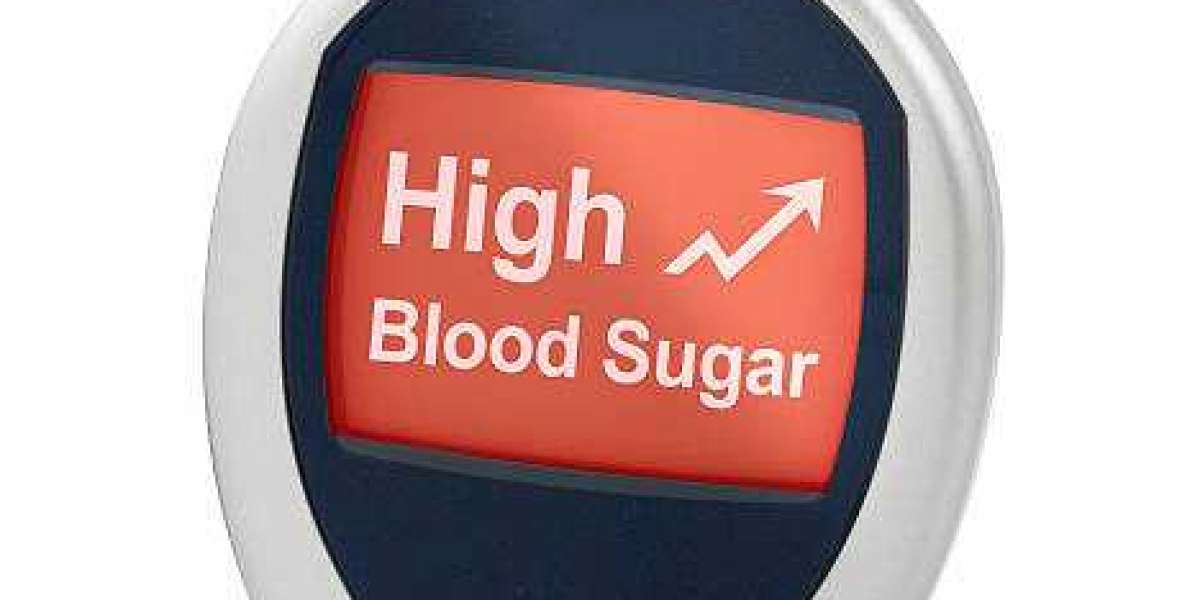Introduction
Garlic, renowned for its health benefits, is a staple in many kitchens. From cholesterol reduction to blood sugar control, the advantages of incorporating garlic into your daily diet are numerous. However, when it comes to garlic salt, a popular seasoning choice, especially for those with diabetes or high blood pressure, the narrative takes a different turn.
Let's delve into the world of garlic salt and explore its relationship with diabetes, shedding light on whether garlic salt is a good choice for individuals with this condition.
Understanding Garlic Salt
What is Garlic Salt?
Garlic salt is a versatile blend of dried, ground garlic and table salt, often enhanced with an anti-caking agent. While it can serve as a convenient substitute for fresh garlic and salt, it's crucial to recognize that, at its core, garlic salt is still fundamentally salt. Understanding how this seasoning impacts the body, especially in the context of diabetes, is essential for overall health.
What’s in Garlic Salt?
Typically, garlic salt consists of approximately the same sodium content per volume as table salt, around 2,300 milligrams per teaspoon. However, due to its larger particle size, a 1/4 teaspoon of garlic salt weighs only 2 grams compared to the 4 grams of table salt. This difference in volume makes it necessary to adjust recipes accordingly when using garlic salt.
It's worth noting that garlic salt often includes added preservatives like citric acid, sodium bisulfate, or calcium silicate to enhance shelf life. A well-known brand in this category is McCormick Garlic Salt.
Garlic Salt vs Garlic Powder – Unraveling the Distinctions
Garlic Powder vs Garlic Salt – What’s The Difference?
Garlic powder, another common kitchen ingredient, is distinct from garlic salt. While both are derived from garlic, garlic powder is solely made from dried garlic cloves. It is often used in dishes where the strong flavor of fresh garlic may be undesirable, such as in pizza or sauces.
The key difference lies in the ratio of the two main components. Garlic salt, being a combination of garlic powder and salt, tends to be heavier due to its higher salt content. This disparity extends to the flavor as well, with garlic powder offering a more robust taste compared to the milder flavor of garlic salt.
Nutritional Content of Garlic Salt
What’s In Garlic Salt – The Nutritional Content
Understanding the nutritional content of garlic salt is crucial, especially for individuals aiming to manage conditions like diabetes. While garlic salt adds flavor to dishes, it's essential to be mindful of its sodium content. Moderation is key, as excessive salt intake can lead to health issues, particularly for those with diabetes.
Is Garlic Salt a Better Substitute for Table Salt?
Garlic Salt vs Table Salt – What’s The Difference?
Garlic salt, with its combination of garlic flavor and sodium chloride, offers a unique taste profile compared to regular table salt, which is pure sodium chloride. While garlic salt is more expensive, its distinctive flavor can be a valuable addition to dishes. However, individuals aiming to control sodium intake may opt for alternatives like sea salt or kosher salt.
Exploring Garlic Salt as a Substitute
Is Garlic Salt Better Substitute To The Table Salt?
Replacing table salt with garlic salt can have several benefits, including a potential decrease in sodium levels. This substitution may lead to a reduced risk of heart attack, lower blood pressure, and decreased LDL cholesterol levels. Additionally, using garlic salt could contribute to preventing kidney injury, reducing the likelihood of a stroke, and supporting overall cardiovascular health.
Garlic Salt vs Pink Salt – Evaluating the Differences
Garlic Salt vs Pink Salt – What’s The Difference?
While salt, including garlic salt, plays a role in enhancing flavors and supporting essential bodily functions, alternatives like pink Himalayan salt are gaining popularity. Pink salt is praised for its higher mineral content, including iron, magnesium, and potassium. However, the differences between garlic salt and pink salt lie in their mineral concentrations and pH levels. When choosing between the two, personal taste preferences and health considerations should guide your decision.
Is Garlic Salt a Better Substitute for Pink Salt?
Is Garlic Salt Better Substitute To The Pink Salt?
Comparing garlic salt and pink salt involves weighing the flavor profile and health benefits. While pink salt offers additional minerals, garlic salt can be a flavorful alternative with potential health advantages. The choice between the two depends on individual preferences and dietary requirements.
Garlic Salt and Its Impact on Diabetes
Is Garlic Salt Good for Diabetics?
The question of whether garlic salt is suitable for individuals with diabetes revolves around the specific dietary needs of those managing this condition. While garlic itself is known for its health benefits, including antioxidant properties and anti-inflammatory effects, garlic salt contains added sodium. Managing sodium intake is crucial for individuals with diabetes, as it can impact blood pressure, potentially leading to heart disease and kidney damage.
Research suggests that modest doses of garlic may help manage blood sugar levels and increase insulin sensitivity in people with type 2 diabetes. However, garlic salt, being a combination of garlic powder and salt, lacks some of the active compounds present in fresh garlic. Therefore, it should be used in moderation, particularly for those needing to limit sodium intake.
When to Limit Garlic Salt for Diabetics
When Should a Diabetic Limit Garlic Salt?
In a diabetic diet focused on controlling blood sugar levels and limiting salt intake, moderation is key. Excessive salt can contribute to water retention, leading to high blood pressure and heart disease. While garlic salt can be used as a seasoning, individuals with diabetes should be mindful of their sodium consumption and adhere to their healthcare provider's guidelines.
Conclusion
In conclusion, garlic salt can be a flavorful addition to dishes, offering a distinct taste profile. While it may have potential health benefits, especially for cardiovascular health and blood sugar management, individuals with diabetes should exercise caution and moderation. Consulting with a healthcare professional or dietitian can provide personalized guidance on incorporating garlic salt into a diabetes-friendly meal plan.
The world of spices and seasonings is vast, and understanding their impact on health is essential for making informed dietary choices. While garlic salt may not be a one-size-fits-all solution, its judicious use, coupled with a balanced diet, can contribute to both flavor enhancement and potential health benefits.








